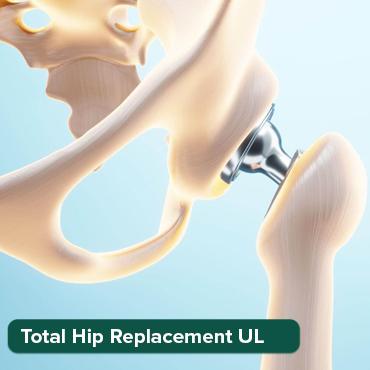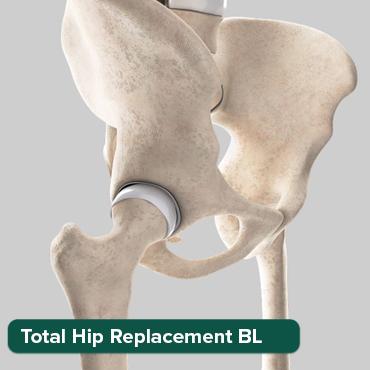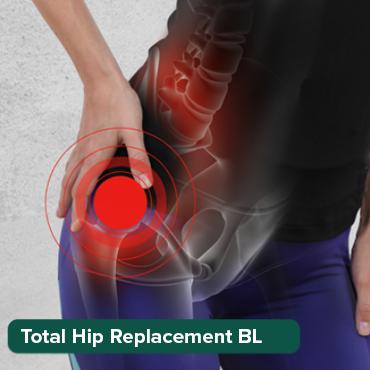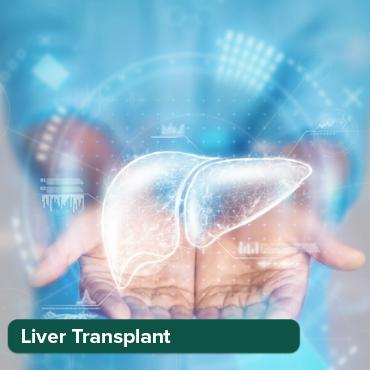
Heart Transplant and Exercise: Getting Back to Fitness
13 Oct, 2024
 Healthtrip
HealthtripReceiving a heart transplant can be a life-changing event, and while it's a significant milestone, it's essential to remember that the journey to recovery is just beginning. One crucial aspect of rehabilitation is exercise, which plays a vital role in helping patients regain their strength, endurance, and overall well-being. However, it's natural to have questions and concerns about exercising with a new heart. How soon can you start exercising? What types of exercises are safe? And what are the benefits of regular physical activity after a heart transplant? In this article, we'll delve into the world of exercise and heart transplants, exploring the importance of fitness, creating a personalized workout plan, and highlighting the incredible benefits that come with regular physical activity.
Understanding the Importance of Exercise After a Heart Transplant
Exercise is a crucial component of the rehabilitation process after a heart transplant. Regular physical activity helps improve cardiovascular health, increases strength and endurance, and enhances overall physical function. Moreover, exercise can have a profound impact on mental health, reducing stress, anxiety, and depression. In fact, studies have shown that exercise can even improve sleep quality, which is essential for overall health and well-being. Furthermore, exercise can help patients regain their independence, allowing them to perform daily tasks with greater ease and confidence.
Most popular procedures in India
The Benefits of Exercise for Heart Transplant Patients
Exercise offers a wide range of benefits for heart transplant patients, including:
• Improved cardiovascular health: Regular exercise helps strengthen the heart, improving its ability to pump blood efficiently, reducing the risk of heart failure, and lowering blood pressure.
Wellness Treatments
Give yourself the time to relax
Lowest Prices Guaranteed!

Lowest Prices Guaranteed!
• Enhanced endurance: Exercise increases stamina, enabling patients to perform daily tasks with greater ease and confidence.
• Increased strength: Regular physical activity helps build muscle mass, making it easier to perform daily activities and reducing the risk of falls and injuries.
• Weight management: Exercise helps patients maintain a healthy weight, reducing the risk of obesity-related health problems.
• Improved mental health: Exercise has been shown to reduce symptoms of anxiety and depression, promoting a sense of well-being and overall happiness.
Creating a Personalized Workout Plan
Before starting any exercise program, it's essential to consult with a healthcare provider, who will help create a personalized workout plan tailored to individual needs and abilities. This plan will take into account the patient's current fitness level, medical history, and any physical limitations. A healthcare provider may also recommend working with a fitness professional, such as a physical therapist or exercise physiologist, who can provide guidance and support throughout the rehabilitation process.
Types of Exercises Suitable for Heart Transplant Patients
There are various exercises suitable for heart transplant patients, including:
• Cardiovascular exercises: Activities such as walking, cycling, and swimming are excellent for improving cardiovascular health and increasing endurance.
• Strength training: Exercises like weightlifting, resistance band exercises, and bodyweight exercises help build muscle mass and increase strength.
• Flexibility and stretching exercises: Gentle stretching exercises can help improve flexibility and range of motion, reducing the risk of injury and improving overall mobility.
• Breathing exercises: Deep breathing exercises can help improve lung function and reduce stress and anxiety.
Overcoming Common Challenges and Concerns
Receiving a heart transplant can be a life-altering event, and it's natural to have concerns and questions about exercising with a new heart. Common challenges and concerns include:
• Fear of injury or rejection: It's essential to remember that exercise is a crucial component of the rehabilitation process, and with the guidance of a healthcare provider, patients can exercise safely and effectively.
• Fatigue and exhaustion: It's common to feel tired and exhausted after a heart transplant, but regular exercise can help improve energy levels and reduce fatigue.
• Medication side effects: Certain medications may impact exercise performance, but a healthcare provider can help patients manage these side effects and create a personalized workout plan.
• Emotional and mental health: Exercise has been shown to improve mental health and reduce symptoms of anxiety and depression, promoting a sense of well-being and overall happiness.
In conclusion, exercise plays a vital role in the rehabilitation process after a heart transplant. By understanding the importance of exercise, creating a personalized workout plan, and overcoming common challenges and concerns, patients can regain their strength, endurance, and overall well-being. Remember, exercise is a journey, and it's essential to take it one step at a time, listening to your body and celebrating small victories along the way.
Related Blogs

Best Heart Bypass Surgery Packages on Healthtrip 2025
Explore top heart bypass surgery packages on Healthtrip for 2025.

Experience World-Class Cardiac Care at Fortis Escorts
Get the best cardiac treatment at Fortis Escorts Heart Institute

The Role of Exercise in Kidney Health
Learn how exercise can improve kidney health

Fitness for Men's Vitality
Learn the best fitness tips for men's vitality and wellness

Exercise for Men's Vitality
Learn the best exercises for men's vitality and wellness

Spine Surgery and Exercise: A Winning Combination
Learn how exercise can aid in spine surgery recovery.










